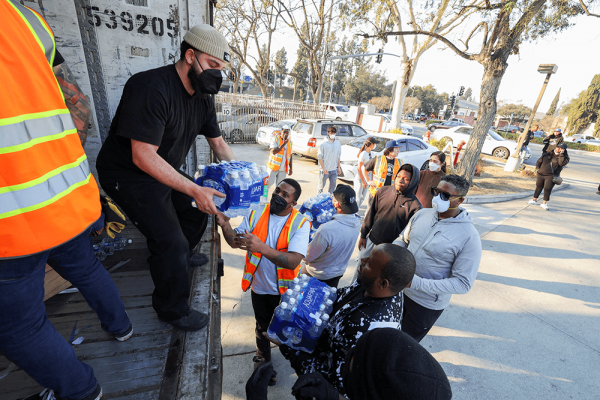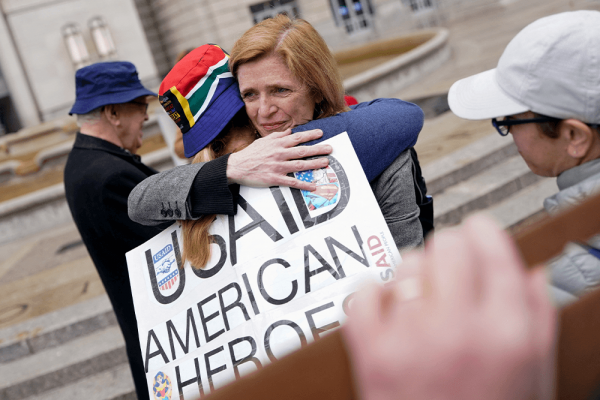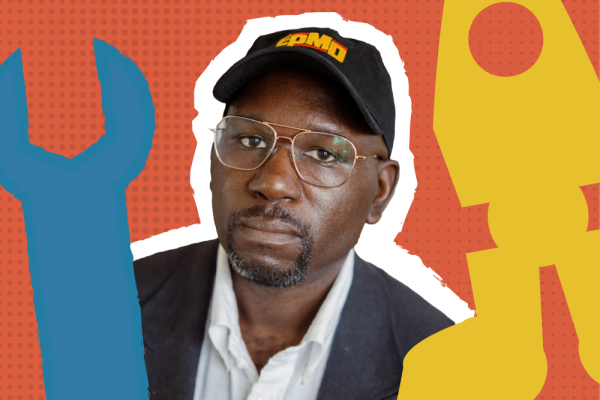While Americans dream of a "white Christmas" with snowflakes and evergreens, the majority of those celebrating Christmas this year live south of the equator. Neither their skin nor landscape is white. And they are shaping the future of Christianity in the world, growing its base in non-Western cultures.
Aiah Foday-Khabenje, general secretary of the Association of Evangelicals in Africa, and a friend, sent me his Christmas greeting titled, “More than a Partridge in a Pear Tree.” He said:
The seismic shift in the demographics of Christianity has placed Africa right at the heart and center of global Christianity. Africa now has the largest Christian population, more than any other continent! The reason for the season is Christ breaking in on our world. … We are thankful that our Lord Jesus … is equipping and positioning the Church in Africa for his mission on earth.
One out of four Christians in the world today is in Africa, joyfully celebrating a black Christmas. It’s one of the most astounding stories of recent Christian history, with 640 million Christians now in the continent, growing by 50 million just in the last year.
In 1980, for the first time in 1,000 years, more believers following the babe in Bethlehem lived in the global South than the North, and in four decades since then this has accelerated. Growth in Latin America means 600 million exchange “Feliz Navidad,” or “Feliz Natal” (Portuguese) during these days in crowded Catholic cathedrals, megachurches, and Pentecostal storefronts. This is an increase of 10 million in the past year.
Meanwhile, Christianity in Asia grows, now approaching 400 million. While increasing numbers celebrate the birth of Christ in surprising places like Mongolia, Cambodia, and Nepal, China’s story will be pivotal for Christianity’s future in the continent. No one can be certain of the numbers, but some estimate that on any Sunday, more may be worshipping in Chinese congregations than those in the United States.
Congregations in the U.S. will swell with worshippers on Christmas Eve, with services rich in music, pageantry, power. Millions will hold candles at midnight signing “Silent Night.” But the trajectory of church attendance, overall, (among the 277 million who claim Christian identity) is downward. Most important, race makes a difference. From 1991 to 2014, white Protestants declined by 33 percent. Among white millennials, only 28 percent identify as believers. Despite our dreams, Christmas in the U.S., at least by skin color, is less white.
img_3538.jpg
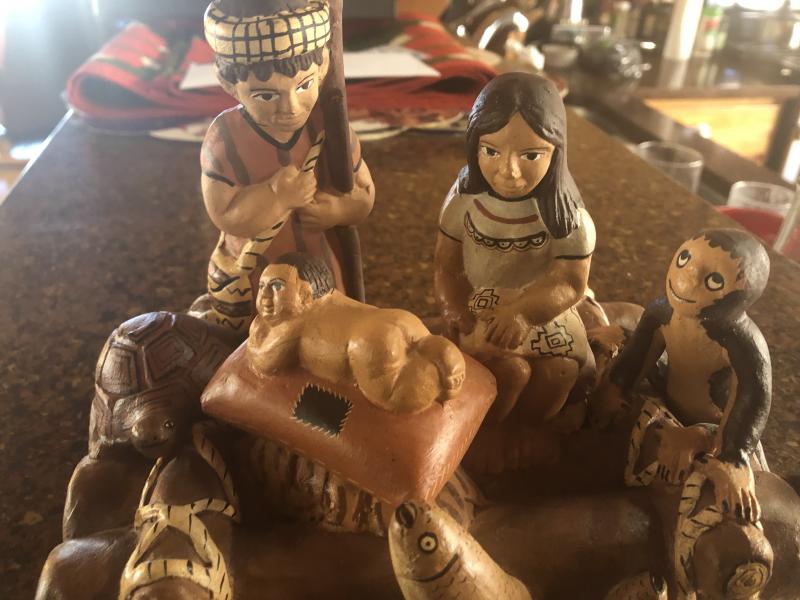
Growth is found among people of color. In the U.S. Catholic community during the past half-century, 71 percent of its growth has come from the Hispanic community. Fifty-two percent of Catholic millennials are now Hispanic, and overall, millennials who are people of color have a higher rate of religious participation than whites. Furthermore, multi-cultural congregations in the U.S. are growing, now including almost one out of five Americans who still attend church. According to their own reporting, 43 percent of such congregations report “high spiritual vitality,” compared to 24 percent of white congregations.
All this is about far more than geographical and racial demographics. Globally, Christian faith is making a dramatic transition from being a predominantly Western to now a non-Western religion. For about 400 years, Christianity was encapsulated within Western, white culture, formed by the Enlightenment. This version of faith was then exported to the rest of the world.
It’s the incarnation, celebrated these days, that undermines faith seen through Western, white eyes. The Word becoming flesh means God takes on flesh and blood within any and every culture, language, and race. In our home, nativity sets depicting the Christ child in Brazilian, Mexican, Palestinian, African, Vietnamese, Indian, Native American, and Peruvian settings are, in fact, revolutionary and liberating images which re-center our imagination about the meaning of Christmas.
img_3534.jpg
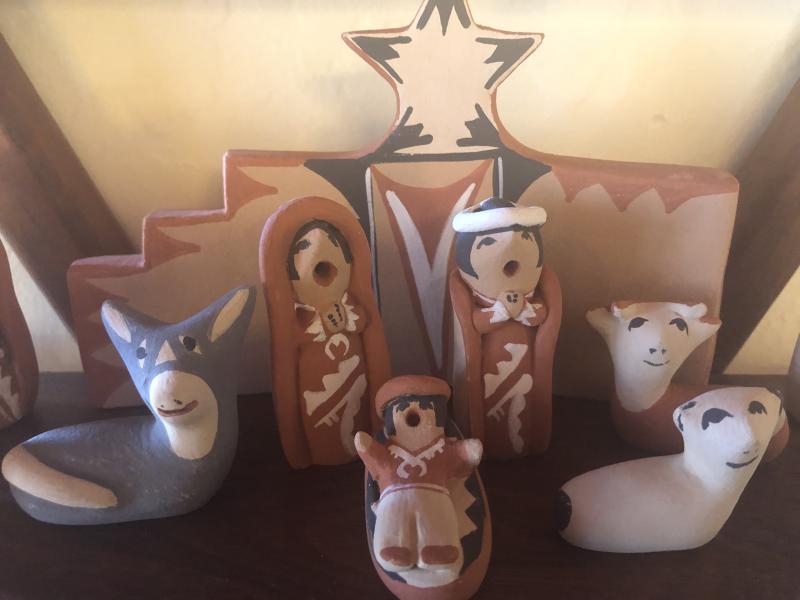
In Future Faith: Ten Challenges Reshaping Christianity in the 21st Century, I explore what Christianity’s shift from Western to non-Western cultures might mean for U.S. congregations. Learning to de-Americanize the gospel, reject the heresy of individualism, embrace the color of the future, affirm Spirit-filled communities, perceive the world as sacred, overcome divisive culture wars, and much more begins by recognizing that the Western, white Christian bubble in which many of us have lived is bursting. This is the work of God’s Spirit.
There’s no better time to celebrate this movement than at Christmas. Re-centering our imagination about how God’s presence breaks into our world is the message of this season. It began, of all places, in a manger at a stable, among parents forced to the margins of even the little town of Bethlehem. That’s how joy comes to the world, then and now.
Got something to say about what you're reading? We value your feedback!


